Personalised medical profiles for all citizens are the latest revolution in healthcare in Estonia. Estonian geneticist Andres Metspalu believes that developing healthcare requires combining personal e-health profiles with genome data and offering personalised advice to those with a high genetic risk. What could Finland learn from its neighbour when it comes to genomics and public health?
The Director of the Estonian Genome Center, Professor Andres Metspalu, has a dream. In his dream many more human lives could be saved and quality of life increased by preventing and curing diseases with personalised medicine and genomics.
His dream is turning into reality. For the last 15 years Estonia has worked very hard collecting and analysing its population’s genome data. The modern e-health system already covers the entire population. The Estonian Genome Center, an institute at the University of Tartu, has a biobank covering approximately 5% of the health data and genetic samples of Estonia’s citizens.
In the near future the centre intends to scan the genomes of half the population, half a million people in all. Through the new pilot programme for personalised medicine, the centre will combine all the collected data into profiles. It is expected that through these new personalised health services Estonian citizens will get advice and better care that will help them live longer and healthier lives.
What advice does Professor Metspalu have for building personalised medicine into public healthcare? Below, we summarise his tips.
1. Creating personal risk profiles for everyone
Professor Metspalu believes that genomics should be seen as and used as an instrument. He receives questions every day from people who have participated in the research projects, requesting their genetic risk data. Metspalu says that everyone has the right to their own risk profile: “A risk profile is not a diagnosis, but a personal guide for the person’s future health.”
According to Metspalu, while this medical information belongs to people it should be given to doctors or other specialists who can carefully explain its meaning to patients.
2. Developing health training programmes for people at high risk
In Estonia there are many people with a high risk of diabetes and coronary disease, both of which are related to obesity and/or genetic risk. “With cardiovascular diseases, we are the number one in Europe. Our life expectancy is increasing but disease-free years are decreasing,” says Professor Metspalu.
The Estonian Genome Center asked in a survey whether people would change their lifestyle if they knew they had a high risk of getting ill. Some 70% of respondents said they would.
Metspalu believes that people are willing to change but they lack social support. He argues that there is a need for a new profession that is more than just genetic counselling: “Health professionals should aim to detect people with high risks when they are young and create public health coaching programmes to support their healthy lifestyle choices. We should not leave people alone with their risk data.”
3. Establishing special legislation to support the work on genomics
In 2000 Estonia introduced special legislation concerning biobanks. According to Estonian law the government pays for maintaining for biobanks. This is an essential move that means the Estonian Genome Center does not need to apply for grants. “Politicians are willing to support the Estonian Genome Center because they understand the urgent matter: we need to prevent diseases, not just cure them.”
The new legislation also made people trust the work of the Estonian Genome Center more. “In return, our responsibility is to make sure that our research results improve public health,” says Metspalu.
4. Practising an ethical approach without fear
The general attitude towards genetic testing has been positive in Estonia. In the beginning Professor Metspalu says they were afraid of people’s attitude to ethical issues, but as the testing has increased, the number of objections has decreased. Metspalu estimates that there is always around 20% of the population who are against genetic testing: “We have to respect their choice not to know their risk,” he says.
And Metspalu points out that genomics is now everywhere. He takes as an example the number of Arab countries that are also building biobanks and sequencing their genomes: “Iran and Iraq are traditional and religious countries but they believe in genomics because it simply saves lives.”
5. Making genomics a serious part of a public health system
In Estonia the biobanks are located at the University of Tartu. It means that the data created there is not yet considered as official health or medical information. “A great challenge is to make genetic data a systematic part of healthcare.
Metspalu believes that an e-health infrastructure with personal e-health cards and the x-road environment will help in implementing personalised medicine in the whole country. “Now we are starting to collect samples as a part of the routine work in the hospitals. This is an important step to ensure that genome sequencing and analysing is not only for the rich, but for everyone.”
Sitra and the Finnish National Genome Strategy working group visited the Estonian Genome Center in March 2015. Professor Andres Metspalu will also be one of the international speakers at the GetPersonalized! summit that takes place in Helsinki on May 25.
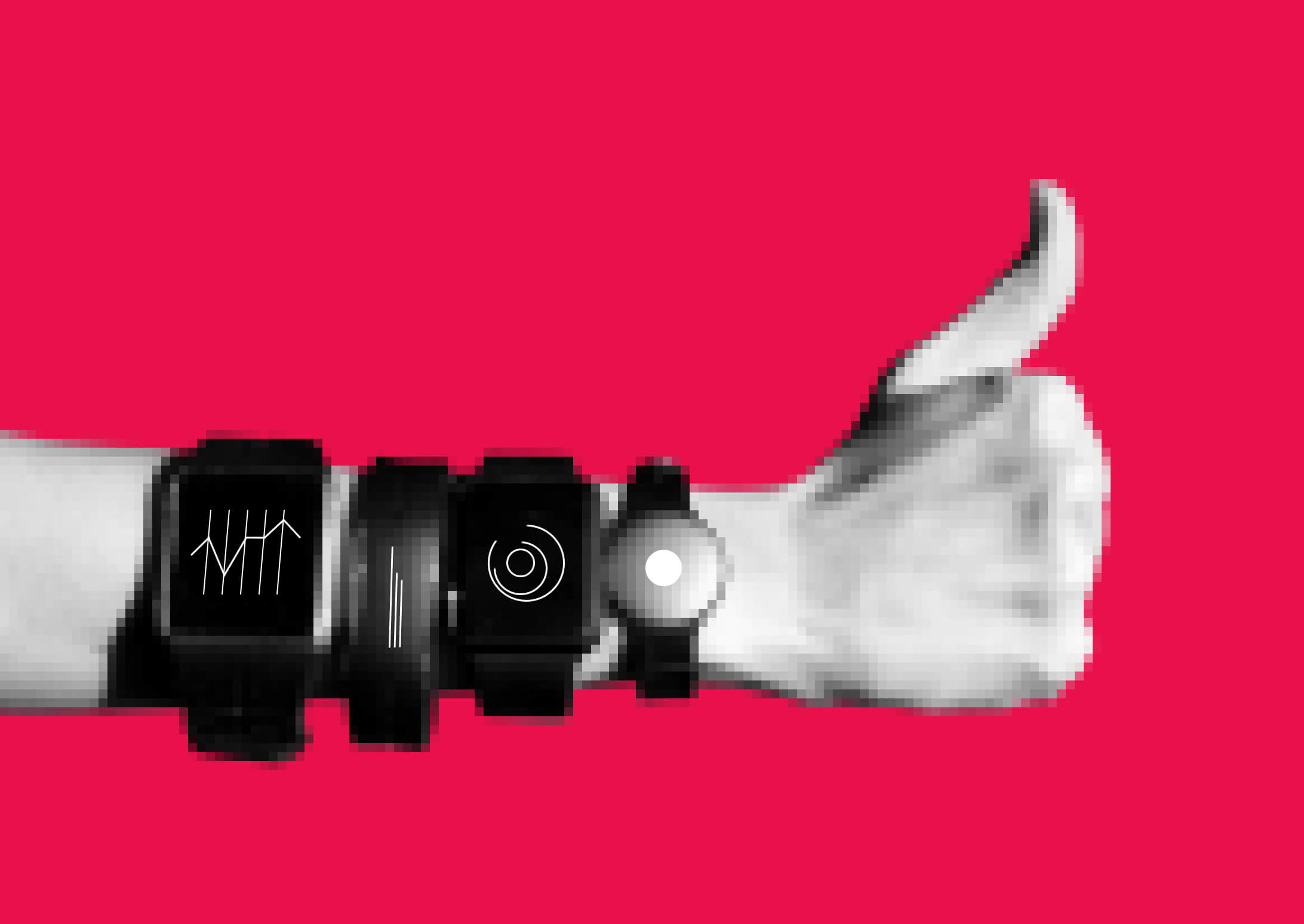
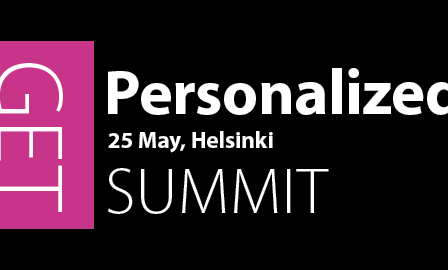




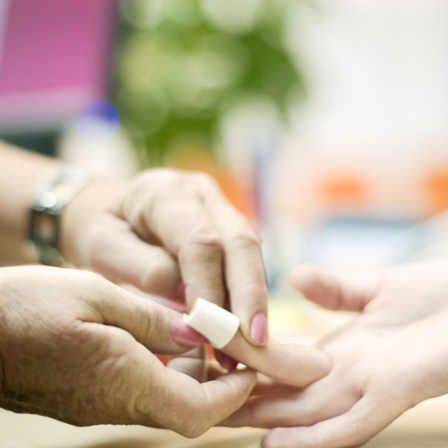


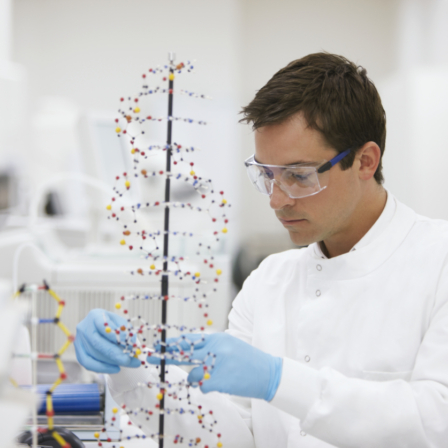
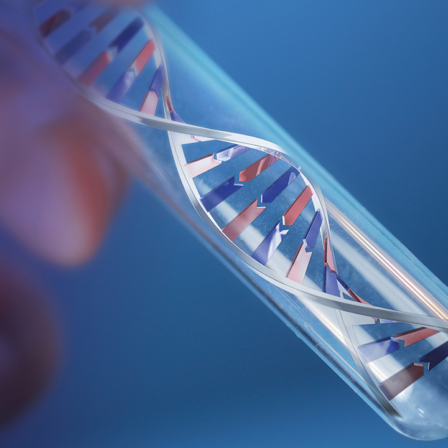

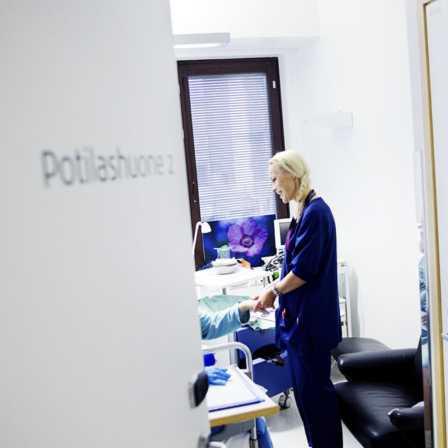





Recommended